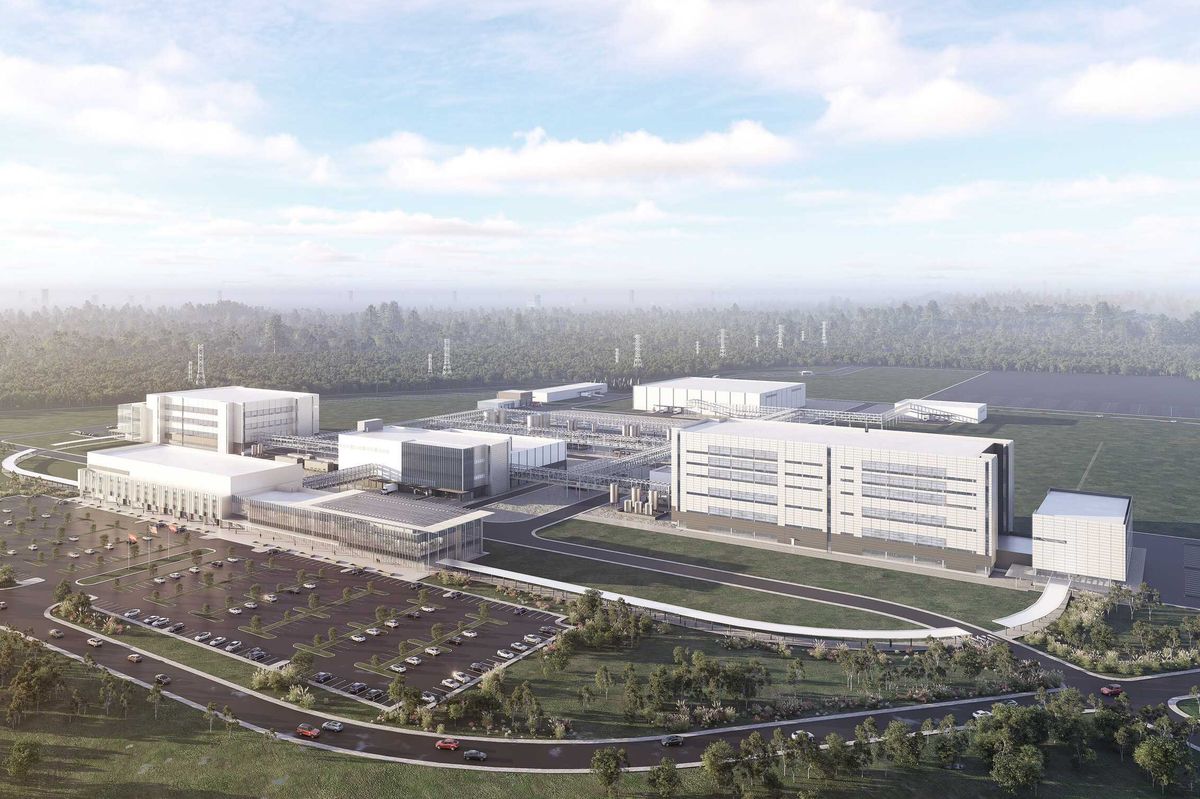Texas punches in as one of best states for working from home, says study
remote possibilites
The meaning of “going to work” is swiftly changing. The Ladders career platform forecasts that one-fourth of all professional jobs in North America will be remote by the end of 2022.
“This change in working arrangements is impossible to overhype. As big as it is, it’s even bigger than people think,” Marc Cenedella, CEO of The Ladders, said in December. “Hiring practices typically move at a glacial pace, but the pandemic turned up the heat so we’re seeing a rapid flood of change in this space. It’s really rather amazing.”
Given the dramatic shift in what it means to go to work, some folks with remote jobs may be wondering where they should live. It turns out that Texas sits at No. 7 on a new list from personal finance website WalletHub of the best states for working from home. So, if you hold a remote job and already call Texas home, you might just want to stay put.
To identify which places are best for working from home, WalletHub compared 12 key metrics for the 50 states and the District of Columbia. Those metrics include the cost of internet service and the size of a typical home. “Together, these metrics show how feasible working from home is in terms of cost, comfort, and safety,” WalletHub says.
Here’s how Texas fares in six categories, with a No. 1 position being best and a No. 25 position being average:
- No. 1 for average square footage of homes.
- No. 2 for cost of internet service.
- No. 19 for share of potential telecommuters.
- No. 25 for average price of electricity.
- No. 25 for share of population working from home.
- No. 29 for household internet access.
New Jersey grabs the No. 1 spot on the list, and Alaska ranks last.
“I believe that working from home will need to become a more viable option for many industries, regardless of the pandemic status, as we continue to see increasing fuel prices,” Sean Walker, professor of behavioral management in the College of Business and Global Affairs at the University of Tennessee at Martin, tells WalletHub.
------
This article originally ran on CultureMap.




















